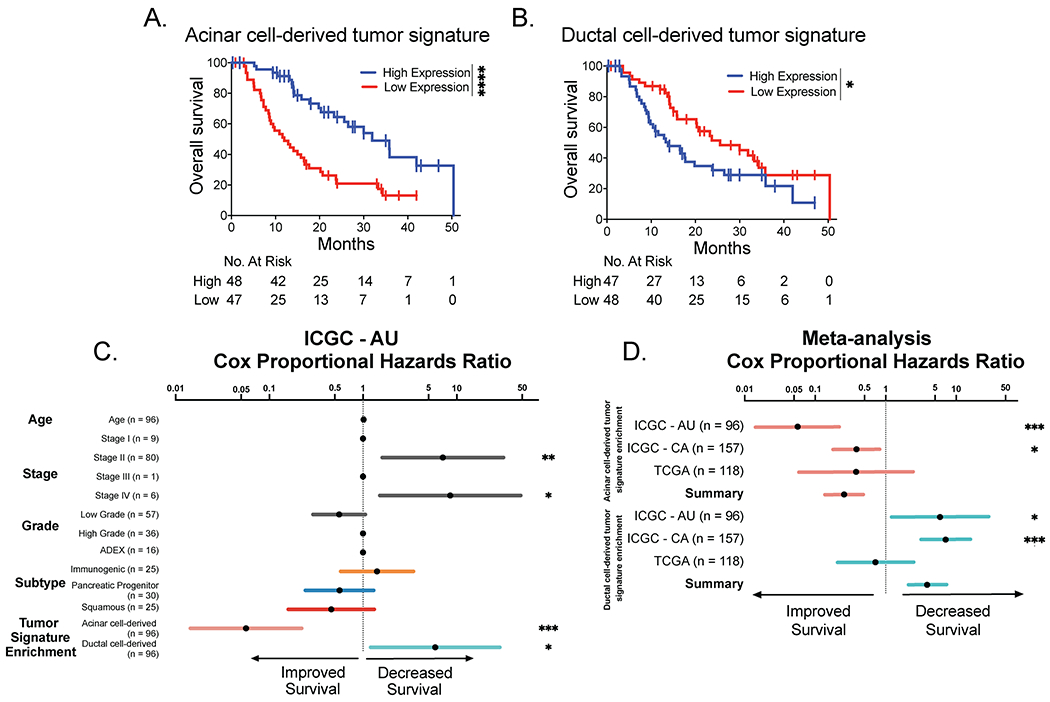Figure 7. The cell-of-origin signature is associated with survival outcomes.

(A) Kaplan-Meier analysis of the Australian ICGC PDAC patient cohort overall survival stratified by expression of the acinar cell-derived tumor signature. Patients with high expression of the acinar cell-derived tumor signature (n = 48) exhibit significantly better survival than in patients with low expression of the acinar cell-derived signature (n = 47) based on the log-rank test. ****p-value < 0.0001.
(B) Kaplan-Meier analysis of the Australian ICGC PDAC patient cohort overall survival stratified by the ductal cell-derived tumor signature. Patients with high expression of the ductal cell-derived tumor signature (n = 47) exhibit significantly worse survival than patients with low expression of the ductal cell-derived signature (n = 49) based on the log-rank test. ****p-value < 0.0001.
(C) Cox proportional hazards ratios of the association between age, tumor, stage or grade, 4 subtype PDAC classification (ADEX, immunogenic, pancreatic progenitor, or squamous) or the acinar or ductal cell-derived tumor signature enrichment (where high expression is reflective of enrichment) and overall survival of the Australian ICGC patient cohort (ICGC – AU; n = 96). Asterisks indicate the factors that are significantly associated with overall survival. *p-value < 0.05, **p-value < 0.01, ***p-value < 0.001.
(D) Meta-analysis of the cox proportional hazards ratios of the acinar or ductal cell-derived tumor signature enrichment (where high expression is reflective of enrichment) in the Australian ICGC (ICGC – AU), Canadian ICGC (ICGC – CA), and TCGA patient cohorts, shown individually and combined. Asterisks indicate invidual cohorts where the cell-of-origin signature enrichment is significantly associated with overall survival. *p-value < 0.05, ***p-value < 0.001.
